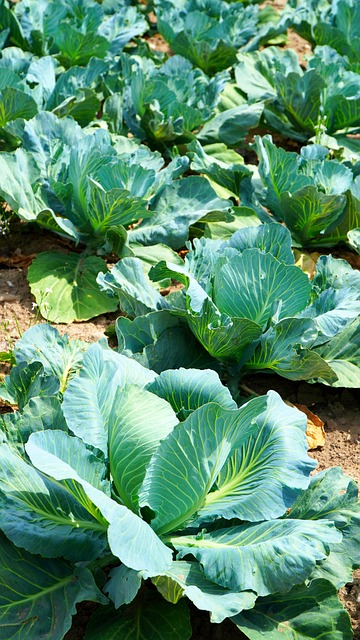Understanding Organic Food: Farming, Animals, and Meat Choices
Organic food covers a range of products grown and raised without certain synthetic inputs, with emphasis on ecological balance and animal welfare. Consumers often choose organic for environmental reasons, concerns about pesticide residues, or for perceived differences in taste and quality. Understanding the processes behind organic farm practices, how animals are managed, and what qualifies meat or produce as organic helps make informed decisions about the food you buy and eat.

What makes farm produce organic?
Organic farm produce is defined by the practices used in its cultivation. Organic farms typically avoid synthetic pesticides, herbicides, and fertilizers, relying instead on crop rotations, compost, cover crops, and biological pest controls to maintain soil fertility and control pests. Certification standards vary by country but usually require a transition period during which no prohibited substances are used. Soil health, biodiversity, and on-farm ecosystems are central goals. While organic farming can reduce some chemical exposures, yields and costs may differ from conventional systems, and regional conditions influence what practices are practical.
How are animals raised for organic meat?
Animals raised for organic meat follow welfare and feed standards set by certifying bodies. Organic systems generally require access to the outdoors, space for natural behaviors, and feed free from synthetic pesticides and genetically modified organisms. Use of routine antibiotics and growth hormones is restricted; veterinary care is permitted, but preventive reliance on antibiotics is discouraged. These rules aim to support animal health through husbandry, proper nutrition, and management rather than medicine alone. Practices vary by species and region, so labels and certification details are important when evaluating claims about animal treatment and origin.
What role does the farmer play in organic systems?
The farmer’s decisions shape the effectiveness of organic practices. A farmer plans crop rotations, chooses cover crops that build soil organic matter, and selects pest- and disease-resistant varieties suited to local conditions. For livestock, the farmer manages grazing, housing, and feed sourcing to meet organic standards while maintaining productivity. Successful organic farming often requires more knowledge-intensive management and monitoring, and many farmers combine traditional techniques with modern tools. Collaboration with local networks, extension services, and other farmers can support transitions and ongoing improvements in soil, animal health, and farm resilience.
How does organic food differ nutritionally?
Nutritional differences between organic and conventional foods are mixed in the scientific literature. Some studies report small differences in certain nutrients or higher antioxidant levels in some organic crops, while others find no consistent nutritional advantage. Factors such as crop variety, soil quality, harvest timing, and post-harvest handling can influence nutrient content more than whether a crop is certified organic. For meat, differences can appear in fatty acid profiles depending on feed and grazing practices rather than organic status alone. This article is for informational purposes only and should not be considered medical advice. Please consult a qualified healthcare professional for personalized guidance and treatment.
How to find organic farm services in your area
Finding reliable local services starts with checking reputable certification labels and farm directories. Farmers’ markets, community-supported agriculture (CSA) programs, and local food hubs often connect consumers directly with farmers who practice organic or ecological farming. Farm visits, where available, let consumers observe how crops and animals are managed and ask farmers about feed, pasture time, and on-farm practices. Local extension services or agricultural organizations can provide lists of certified growers or advice on interpreting labels. Keep in mind that small-scale farms may practice organic methods without formal certification due to cost or scale, so direct communication is useful.
Conclusion
Choosing organic food involves balancing values—environmental stewardship, animal welfare, exposure concerns, and personal preferences—against cost, availability, and local farming conditions. Certification provides a standardized framework, but details and outcomes vary by region, crop, and producer. Learning how organic principles are applied on the farm and asking direct questions of farmers or suppliers can clarify how your food was grown and raised. Ultimately, combining knowledge about farming practices, animal management, and food quality helps consumers make decisions that align with their priorities.




